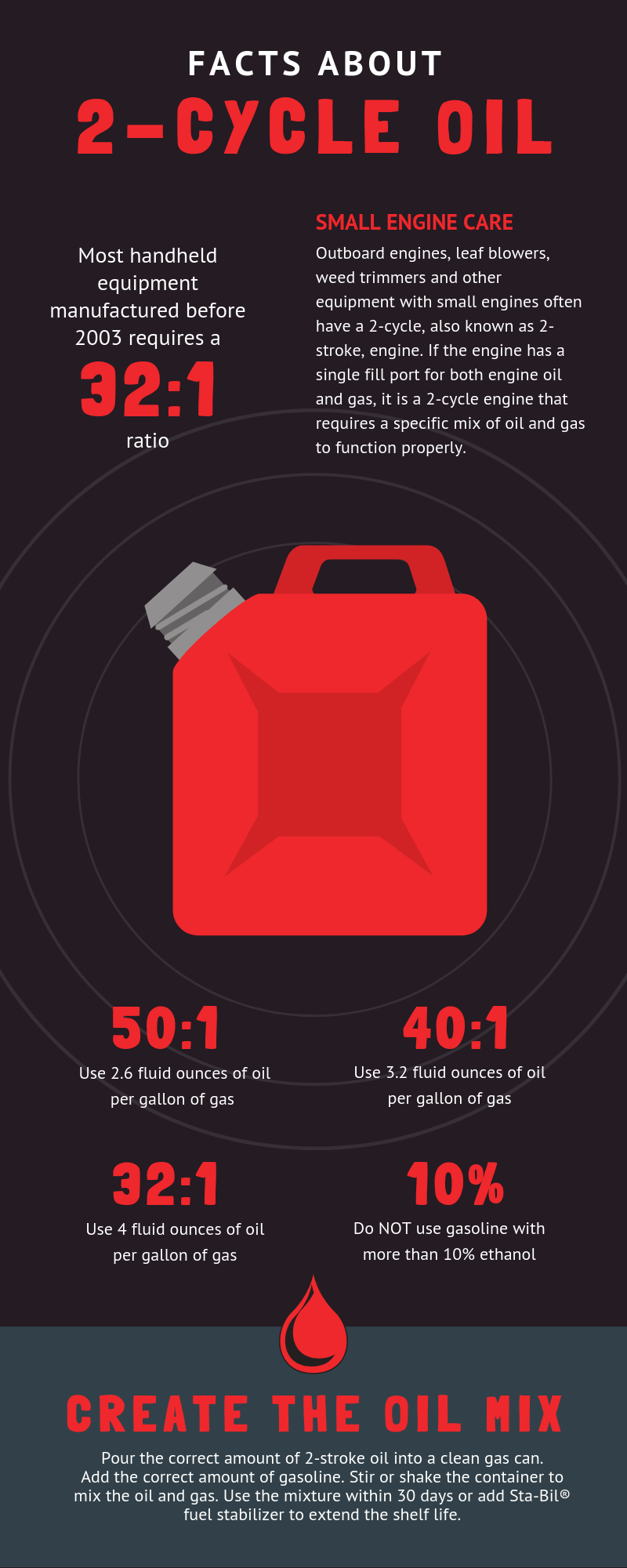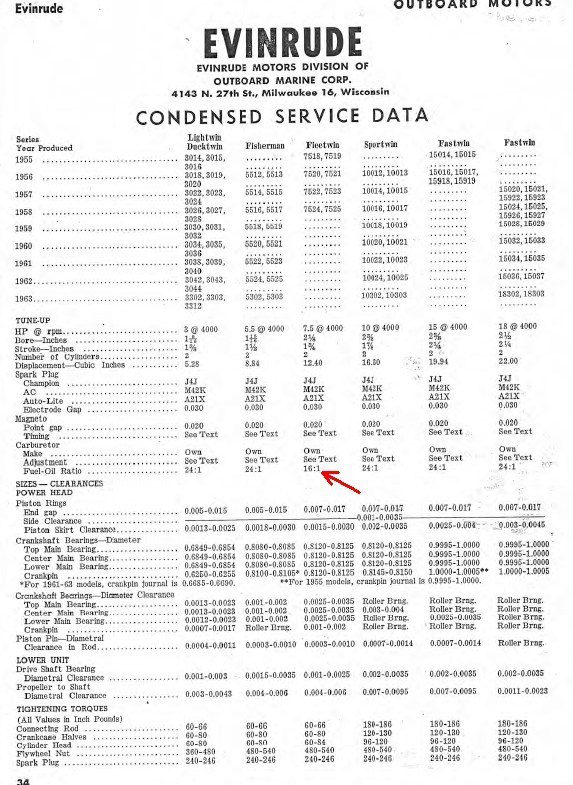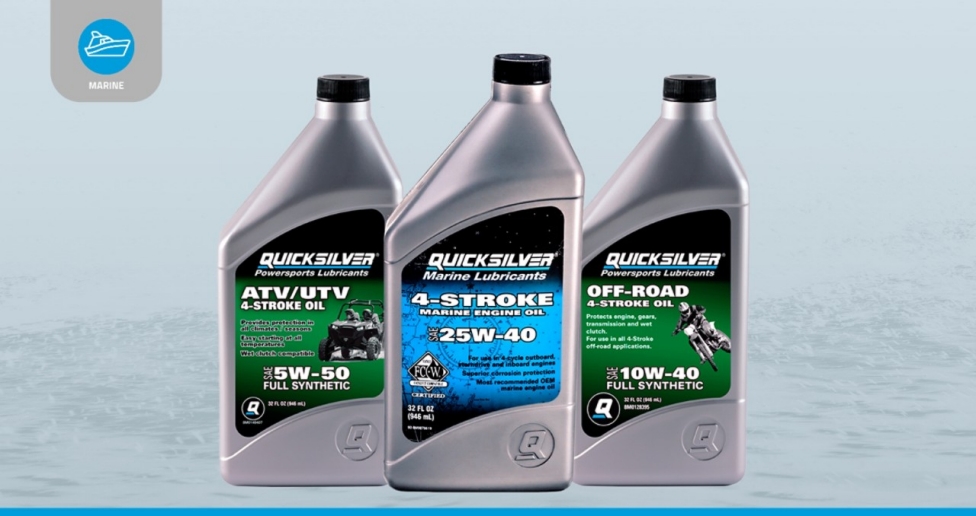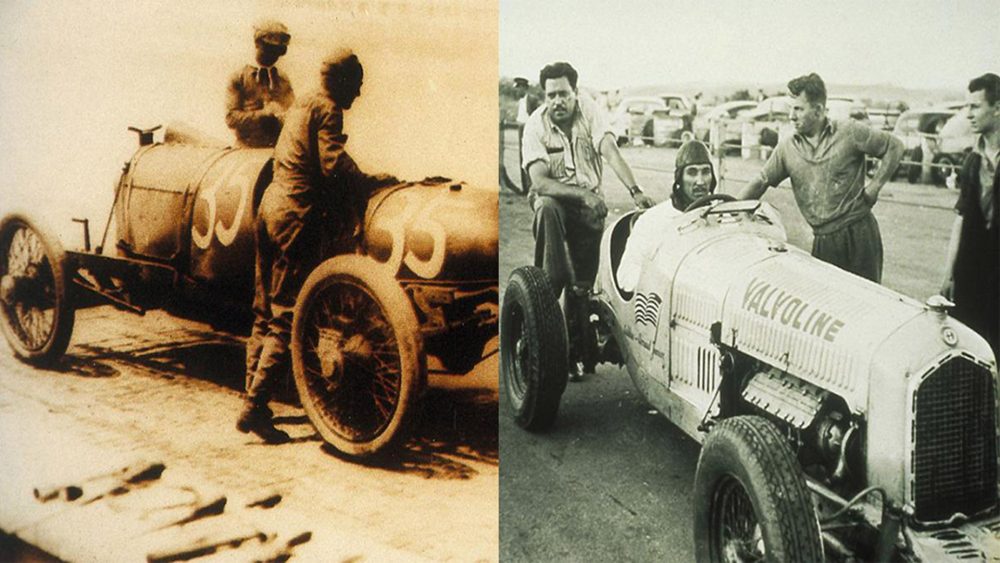The oil ratio for a boat motor is typically 50:1, meaning 50 parts gas to 1 part oil. This ratio ensures proper lubrication for the engine.
When mixing fuel, always follow the manufacturer’s recommendations to maintain optimal performance and prevent damage. Using the correct oil ratio helps extend the life of your boat motor and ensures smooth operation during your water adventures. By adhering to the recommended ratio, you can enjoy a worry-free boating experience while protecting your engine from unnecessary wear and tear.
Regular maintenance, including proper oil mixing, is key to keeping your boat motor running smoothly for years to come.
Introduction To Oil Ratios In Boat Motors
Understanding the correct oil ratio for your boat motor is crucial for its optimal performance and longevity. The oil ratio refers to the proportion of oil to fuel that needs to be mixed together for two-stroke engines. This ratio ensures proper lubrication and cooling of the engine components, preventing damage and ensuring smooth operation.
The Importance Of The Correct Oil Ratio
Using the correct oil ratio is essential because it directly affects the overall functioning and longevity of your boat motor. Here’s why:
- Proper Lubrication: The oil in the fuel mixture lubricates the moving parts of the engine, reducing friction and preventing wear and tear.
- Cooling: The oil also helps to dissipate heat generated during engine operation, preventing overheating and potential damage.
- Sealing: The oil creates a seal between the piston rings and cylinder walls, preventing fuel leakage and maintaining compression.
- Cleanliness: The oil helps to keep the internal components clean by trapping and suspending dirt particles, preventing them from causing damage or clogging the engine.
Basic Concepts: Two-stroke Vs. Four-stroke Engines
Before diving into the specifics of oil ratios, it’s important to understand the difference between two-stroke and four-stroke boat engines:
| Two-Stroke Engines | Four-Stroke Engines |
|---|---|
| Require a fuel mixture of oil and gasoline. | Use separate compartments for fuel and oil. |
| Simpler design with fewer moving parts. | More complex design with separate intake and exhaust strokes. |
| Lighter in weight and more compact. | Heavier and larger in size. |
| Higher power-to-weight ratio. | Lower power-to-weight ratio. |
These basic concepts will help you understand the specific oil ratio requirements for your boat motor, depending on whether it is a two-stroke or four-stroke engine.

Credit: www.fiammaespresso.com
Deciphering The Oil Ratio
What Is An Oil Ratio?
An oil ratio refers to the proportion of oil to fuel that is required for a boat motor to operate efficiently. This ratio is expressed in terms of the amount of oil needed for a specific volume of fuel, such as 50:1 or 40:1.
How It Affects Your Boat’s Performance
The oil ratio has a direct impact on the performance and longevity of your boat’s motor. Using the correct oil ratio ensures proper lubrication of the engine components, reducing friction and heat generation.
Calculating The Perfect Oil Ratio
Calculating the perfect oil ratio for your boat motor is crucial for ensuring optimal performance and longevity. By understanding the tools, formulas, and common mistakes involved, you can maintain your boat motor efficiently and prevent potential issues.
Tools And Formulas
When calculating the oil ratio for your boat motor, you will need a few essential tools and formulas to ensure accuracy. The primary tool required is a measuring cup or container with clearly marked increments. Additionally, you’ll need to refer to the manufacturer’s specifications for the specific oil-to-fuel ratio recommended for your boat motor.
Common Mistakes To Avoid
One common mistake when calculating the oil ratio for a boat motor is failing to accurately measure the oil and fuel. This can lead to improper lubrication and potential damage to the engine. Another error is neglecting to mix the oil and fuel thoroughly, which can result in uneven distribution and inadequate lubrication.

Credit: www.goldeagle.com
Types Of Oil For Your Boat Motor
When it comes to maintaining your boat motor, choosing the right type of oil is crucial. Using the correct oil ratio and type ensures that your boat motor runs smoothly and efficiently. Let’s take a look at the different types of oil for your boat motor, including the differences between mineral and synthetic oils and the best brands to consider.
Mineral Vs. Synthetic Oils
Mineral oils are derived from refined crude oil, offering basic lubrication properties. Synthetic oils, on the other hand, are artificially engineered to provide superior performance, especially in extreme conditions. They offer better resistance to oxidation and thermal breakdown, making them ideal for high-performance boat motors.
Best Brands For Boat Motors
Several top brands are renowned for producing high-quality oils specifically designed for boat motors. These include Yamalube, Mercury Marine, and Evinrude. Each of these brands offers a range of oils designed to meet the specific needs of different boat motors, ensuring optimal performance and longevity.
Step-by-step Guide To Mixing Oil And Fuel
Mixing oil and fuel for a boat motor requires a specific oil ratio to ensure optimal performance. This step-by-step guide will provide you with instructions on how to mix the correct oil ratio for your boat motor, ensuring it runs smoothly and efficiently on the water.
Preparation Steps
– Gather oil and fuel in specified ratios. – Ensure a clean, well-ventilated work area. – Have measuring tools ready. – Read the boat motor’s manual.Mixing Process
– Mix oil and fuel in a gas can. – Shake the can to blend the mixture. – Use the mixture within a month. – Store the remaining mixture properly.Troubleshooting Common Issues
For a boat motor, the oil ratio typically ranges between 50:1 to 100:1, but always refer to the manufacturer’s guidelines. Incorrect oil ratios can lead to engine damage, so it’s crucial to use the right ratio to ensure optimal performance and longevity of the motor.
Symptoms Of Incorrect Oil Ratios
If you are experiencing issues with your boat motor, the oil ratio could be the culprit. Some common symptoms of incorrect oil ratios include:- Excessive smoke coming from the motor
- Loss of power or acceleration
- Overheating of the motor
- Unusual noises or vibrations
Solutions And Fixes
Fortunately, there are several solutions and fixes for incorrect oil ratios in boat motors. Here are some steps you can take to troubleshoot the issue:- Check the owner’s manual: The first step is to check the owner’s manual for your boat motor. This will provide you with information on the correct oil ratio for your specific motor.
- Drain and refill the oil: If you have been using the incorrect oil ratio, the best solution is to drain and refill the oil with the correct ratio. Be sure to use a high-quality oil that is recommended for your specific motor.
- Adjust the oil injection system: If your boat motor has an oil injection system, it may need to be adjusted to ensure that it is delivering the correct amount of oil to the motor.
- Consult a professional: If you are unsure about how to fix the issue, it’s always best to consult with a professional mechanic who specializes in boat motors.
Maintenance Tips For Optimal Performance
To ensure optimal performance of your boat motor, it’s important to use the right oil ratio. The recommended oil ratio for a boat motor varies depending on the manufacturer and model, so it’s important to check your owner’s manual. A general guideline is to use a 50:1 ratio of oil to fuel.
Regular maintenance and oil changes will also help keep your boat motor running smoothly.
Regular Check-ups
Regularly inspect the oil levels for proper lubrication. Check for any leaks or contamination.When To Change The Oil Ratio
Change the oil ratio as per the manufacturer’s recommendations. Monitor engine performance for any signs of wear. Maintain the proper oil ratio to ensure smooth operation. Consult the manual for specific guidelines. Keep the engine well-lubricated with the correct oil ratio. Perform routine maintenance checks for optimal performance. Regularly inspect oil levels for leaks and contamination. Change oil ratio based on manufacturer’s guidelines. Consult manual for specific maintenance instructions. – Monitor engine performance for signs of wear. – Ensure proper lubrication for smooth operation.Case Studies And Success Stories
Case Studies and Success Stories:
Improvements After Adjusting Oil Ratios
Changing the oil ratio for your boat motor can have a significant impact on its performance. In a recent case study, a boater who had been struggling with poor acceleration and sluggish handling decided to adjust their oil ratio. After making the change, they found that their boat was much more responsive, with improved acceleration and smoother handling. This allowed them to enjoy their time on the water even more.
Real-life Maintenance Wins
Another boater had been experiencing excessive smoke and fouled spark plugs on their two-stroke outboard motor. They had tried a variety of maintenance measures, but nothing seemed to work. Finally, they decided to adjust the oil ratio and were surprised to find that this solved the problem. With a proper oil ratio, their motor was running smoothly and cleanly, with no more smoke or fouled plugs.
These are just a few examples of how adjusting the oil ratio can make a big difference in the performance and maintenance of your boat motor. If you’re experiencing any issues with your motor, it may be worth considering a change in your oil ratio.

Credit: www.aomci.org
Conclusion
Understanding the oil ratio for your boat motor is crucial for optimal performance and longevity. By following the manufacturer’s recommendations and regularly checking and maintaining the oil level, you can ensure smooth operation and prevent costly engine damage. Remember to use high-quality oil and consult with a professional if you have any doubts.
Keep your boat motor running smoothly by giving it the right oil ratio it needs.


